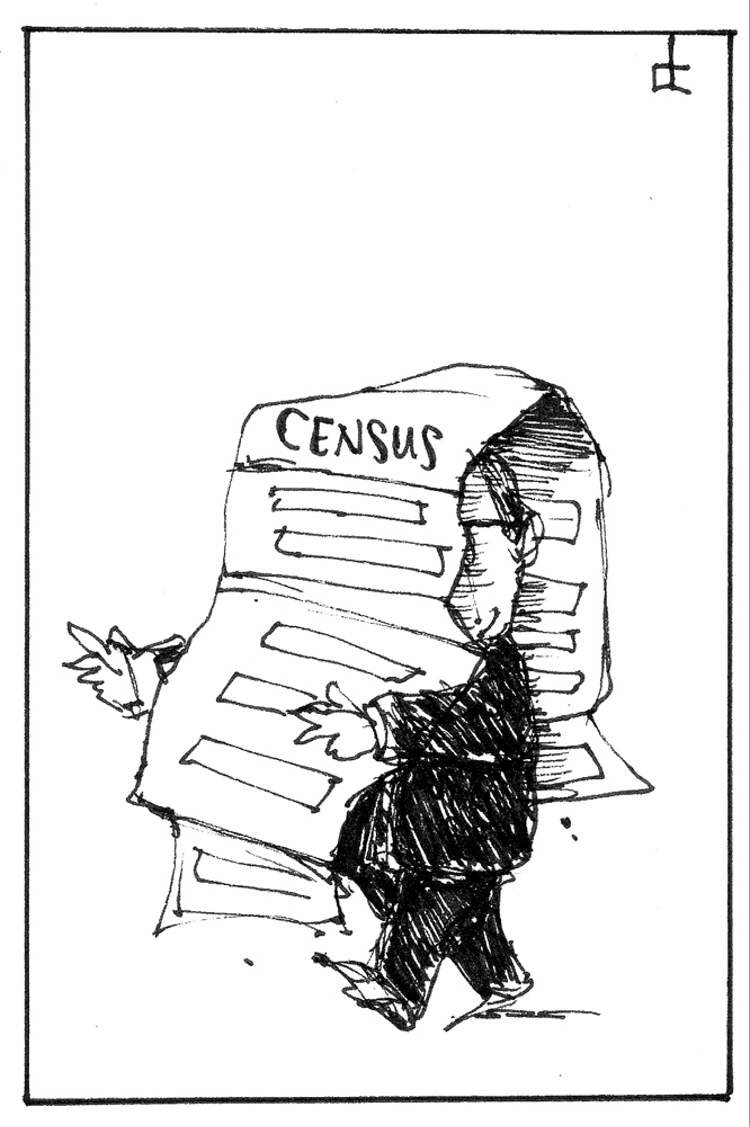Newcomers are growing Manitoba
Advertisement
Read this article for free:
or
Already have an account? Log in here »
To continue reading, please subscribe:
Monthly Digital Subscription
$0 for the first 4 weeks*
- Enjoy unlimited reading on winnipegfreepress.com
- Read the E-Edition, our digital replica newspaper
- Access News Break, our award-winning app
- Play interactive puzzles
*No charge for 4 weeks then price increases to the regular rate of $19.00 plus GST every four weeks. Offer available to new and qualified returning subscribers only. Cancel any time.
Monthly Digital Subscription
$4.75/week*
- Enjoy unlimited reading on winnipegfreepress.com
- Read the E-Edition, our digital replica newspaper
- Access News Break, our award-winning app
- Play interactive puzzles
*Billed as $19 plus GST every four weeks. Cancel any time.
To continue reading, please subscribe:
Add Free Press access to your Brandon Sun subscription for only an additional
$1 for the first 4 weeks*
*Your next subscription payment will increase by $1.00 and you will be charged $16.99 plus GST for four weeks. After four weeks, your payment will increase to $23.99 plus GST every four weeks.
Read unlimited articles for free today:
or
Already have an account? Log in here »
Hey there, time traveller!
This article was published 09/05/2013 (4601 days ago), so information in it may no longer be current.
AFTER a decade of aggressive immigration, Manitoba still cannot quite match the national population growth; its western counterparts have outstripped efforts here. Census numbers released Wednesday show, however, the NDP government’s pursuit of newcomers — migrating primarily from Asia, overwhelmingly from the Philippines — kept Manitoba growing, topping 1.2 million people in 2011.
In fact, the population growth in the last five years, at 5.2 per cent, doubled growth between 2001 and 2006. Notably, the number of Winnipeggers identifying as Filipinos to Statistics Canada jumped 55 per cent. At 56,675, they outstrip Winnipeggers who call themselves Métis, another rapidly growing group. The data on the economy (employment and income) will be released next month, but it is evident immigration and population growth have contributed significantly to the fact Manitoba weathered the global recession well. The Selinger government should redouble efforts to convince the Harper government to allow Manitoba to expand its nominee program.
The aboriginal picture confirms again that First Nations’ birthrate is rising much faster than for non-aboriginal people. And more First Nations are living on reserves. Until now, the trend had been to urbanization, but the 2011 census marked a reversal. Now 58 per cent live on reserve, something last seen in 1996.

This is significant, because repeat studies have shown migration to cities and towns lifts the education and income levels of aboriginal people. Both factors are critical to integrating a growing First Nations population into the workforce, to raise standards of living and help fill the shortage in skilled labour.
The poor high school graduation rate among First Nations youth has been identified as one of the gravest hurdles to improving their lives.
Further details on Manitoba’s demographics are yet to come. Those data have historically been broken down by communities, but the reliability of the numbers is in question. The Harper government’s decision to scrap the mandatory long-form census, which asked those questions, and its replacement with a voluntary household survey, which was answered by fewer people, has affected precision. Statistics Canada said, for example, its analysis overestimated the number of Filipinos living in Canada, and therefore, perhaps in Winnipeg.
The census data released Wednesday show a changing Manitoba, giving a peek at highlights and challenges. When the employment and income data are released, Canadians will get a better idea of whether the move to a voluntary survey has hurt analysis. If so, the Harper government should be prepared to reverse its decision.



